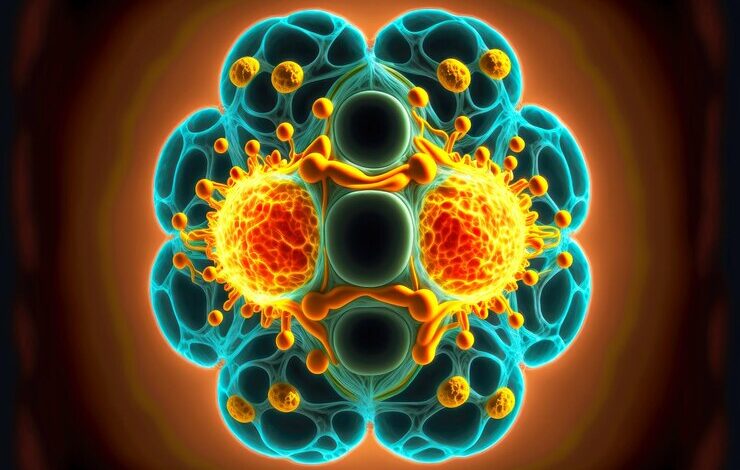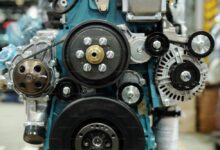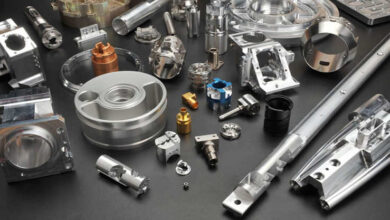During Meiosis II: A Spindle Forms in a Haploid Cell

Cell division is a fundamental process for all living organisms, enabling growth, development, and reproduction. While mitosis is well-known for its role in somatic cell division, meiosis is equally crucial, playing a pivotal role in sexual reproduction by producing haploid gametes. Understanding the stages of meiosis, especially Meiosis II, is essential for grasping how genetic diversity and stability are maintained across generations. This article focuses on the specific event of spindle formation in haploid cells during Meiosis II, exploring its significance, mechanisms, and implications.
Overview of Meiosis
Meiosis is a specialized type of cell division that reduces the chromosome number by half, resulting in the formation of haploid cells from a diploid precursor. It consists of two consecutive divisions: Meiosis I and Meiosis II.
Meiosis I is a reductional division where homologous chromosomes are separated, reducing the chromosome number by half. This stage includes prophase I, metaphase I, anaphase I, and telophase I. The cells produced at the end of Meiosis I are haploid but contain duplicated chromosomes.
Meiosis II is an equational division, similar to mitosis, where the sister chromatids of each chromosome are separated. This results in the formation of four haploid cells, each with a unique combination of genetic material. Meiosis II includes prophase II, metaphase II, anaphase II, and telophase II.
The Role of the Spindle Apparatus
The spindle apparatus is a structure composed of microtubules that segregates chromosomes into daughter cells during cell division. It is crucial for ensuring accurate chromosome distribution, preventing aneuploidy, which can lead to genetic disorders.
In Mitosis and Meiosis I: The spindle fibers attach to chromosomes at the centromere through protein complexes called kinetochores. During metaphase, chromosomes align at the cell’s equatorial plate, and spindle fibers pull sister chromatids (in mitosis) or homologous chromosomes (in Meiosis I) to opposite poles of the cell during anaphase.
In Meiosis II: The spindle apparatus again plays a critical role, but this time in a haploid cell. By this stage, cells contain only one set of chromosomes, each consisting of two sister chromatids.
Spindle Formation in Haploid Cells During Meiosis II
The formation of the spindle apparatus in haploid cells during Meiosis II is a finely regulated process, ensuring that each of the resulting gametes receives an accurate and complete set of chromosomes. Here’s a detailed look at each stage of Meiosis II with a focus on spindle dynamics:
Prophase II: In prophase II, the haploid cells prepare for the second division. The nuclear envelope breaks down, and the centrosomes, which have been duplicated during interphase, move to opposite poles of the cell. Microtubules begin to polymerize and form the spindle apparatus. This stage sets the groundwork for chromosome movement in subsequent stages.
Metaphase II: During metaphase II, the spindle fibers attach to the kinetochores of each sister chromatid. The chromosomes, each consisting of two sister chromatids, align at the metaphase plate. The precise alignment is critical for ensuring that each daughter cell will receive one chromatid from each chromosome.
Anaphase II: Anaphase II is characterized by the separation of sister chromatids. The spindle fibers shorten, pulling the sister chromatids apart to opposite poles of the cell. This separation ensures that each daughter cell will have a complete set of chromosomes.
Telophase II and Cytokinesis: In telophase II, the spindle apparatus disassembles, and nuclear envelopes reform around the separated chromatids, now individual chromosomes. Cytokinesis follows, dividing the cytoplasm and creating two haploid daughter cells from each cell that entered Meiosis II. As a result, four genetically distinct haploid cells are produced from the original diploid cell.
Significance of Spindle Formation in Haploid Cells
The accurate formation and function of the spindle apparatus during Meiosis II are crucial for several reasons:
1. Genetic Diversity: Meiosis, particularly through processes like independent assortment and crossing over in Meiosis I, generates genetic diversity. Spindle formation during Meiosis II ensures that this diversity is faithfully passed on to the gametes, which, upon fertilization, contribute to the genetic variability of the offspring.
2. Prevention of Aneuploidy: Proper spindle function is vital to prevent aneuploidy—an abnormal number of chromosomes in the daughter cells. Aneuploidy can lead to various genetic disorders, such as Down syndrome, which is caused by an extra copy of chromosome 21.
3. Evolutionary Advantage: The genetic variability produced through meiosis and proper spindle function allows populations to adapt to changing environments over generations, providing an evolutionary advantage.
Mechanisms Ensuring Accurate Spindle Formation
Several cellular mechanisms ensure the accuracy and efficiency of spindle formation during Meiosis II:
1. Centrosome Duplication and Positioning: Centrosomes, which act as microtubule-organizing centers, play a pivotal role in spindle formation. Their duplication and proper positioning at opposite poles are crucial for the bipolar structure of the spindle.
2. Kinetochore Function: Kinetochores are protein complexes that form on the chromosome’s centromere. They are essential for the attachment of spindle microtubules and the subsequent movement of chromosomes.
3. Spindle Assembly Checkpoint: This is a critical regulatory mechanism that ensures chromosomes are properly attached to the spindle microtubules before anaphase proceeds. If any misattachments are detected, the checkpoint halts the cell cycle to allow for corrections, preventing chromosome missegregation.
4. Microtubule Dynamics: The dynamic nature of microtubules, which can rapidly polymerize and depolymerize, allows the spindle apparatus to adapt and ensure proper attachment and tension across the chromatids.

Clinical Implications and Research
Understanding spindle formation in haploid cells during Meiosis II has important clinical and research implications:
1. Infertility Treatments: Errors in meiosis can lead to infertility. Research into spindle formation and function can help in developing treatments for certain types of infertility caused by chromosomal abnormalities.
2. Genetic Counseling: Knowledge of meiotic processes, including spindle dynamics, aids genetic counselors in assessing risks for chromosomal disorders and providing informed guidance to prospective parents.
3. Cancer Research: Although meiosis and mitosis are distinct processes, studying the spindle apparatus in meiosis can provide insights into mitotic errors that lead to cancer. This can potentially lead to new therapeutic targets for cancer treatment.
Conclusion
The formation of the spindle apparatus during Meiosis II in haploid cells is a crucial event in the production of genetically diverse and stable gametes. This process ensures that each gamete receives the correct number of chromosomes, maintaining genetic diversity and preventing disorders caused by chromosomal abnormalities. Understanding the mechanisms and significance of spindle formation not only sheds light on fundamental biological processes but also has important implications for medicine and genetics. Miss Pac-Man might be a timeless classic in arcade gaming, but the precise dance of chromosomes orchestrated by the spindle apparatus during Meiosis II is a timeless classic of cellular biology.





